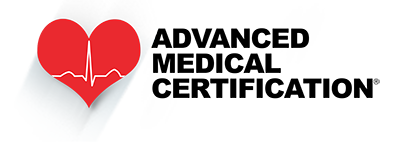BLS for Children/Infants
BLS for children and infants also focuses on doing several tasks simultaneously. In many situations, more than one person is available to do CPR.
This simultaneous and choreographed method includes performing chest compressions, managing the airway, delivering rescue breaths, and using the AED, all as a team. By coordinating efforts, a team of rescuers can save valuable seconds when time lost equals damage to the heart and brain.
ONE-RESCUER BLS/CPR FOR CHILDREN (AGE ONE TO PUBERTY)
Be Safe
- Move the child out of traffic or any unsafe situation.
- Move the child out of water and dry the child. (Drowning children should be removed from the water and dried off; they should also be removed from standing water, such as puddles, pools, gutters, etc.)
- Be sure you do not become injured yourself.
Assess the Child
- Tap the bottom of the infant’s foot and talk to them loudly, saying their name.
- Check to see if the child is breathing while simultaneously checking their carotid pulse. (Agonal breathing, which is occasional gasping and is ineffective, does not count as breathing.)
- Keep in mind not to waste time trying to feel for a pulse; feel for at least 5 seconds but no more than 10 seconds. If you are not sure you feel a pulse, begin CPR with a cycle of 30 chest compressions and two breaths.
Call EMS
- Send someone for help and to get an AED.
- If alone, shout for help while assessing for breathing and pulse. (The ILCOR emphasizes that cell phones are available everywhere now and most have a built-in speakerphone. Call for help without leaving the child.)
- If no one answers and you do not have a cell phone available, perform 2 minutes of CPR before taking a moment to find help.
CPR
- Begin CPR with chest compressions and delivering breaths in a ratio of 30:2.
Defibrillate
- Attach the AED when it becomes available. Use pediatric pads for children under the age of 8 and less than 55 pounds (25 kg).
- Listen to the AED and perform the steps as directed.
